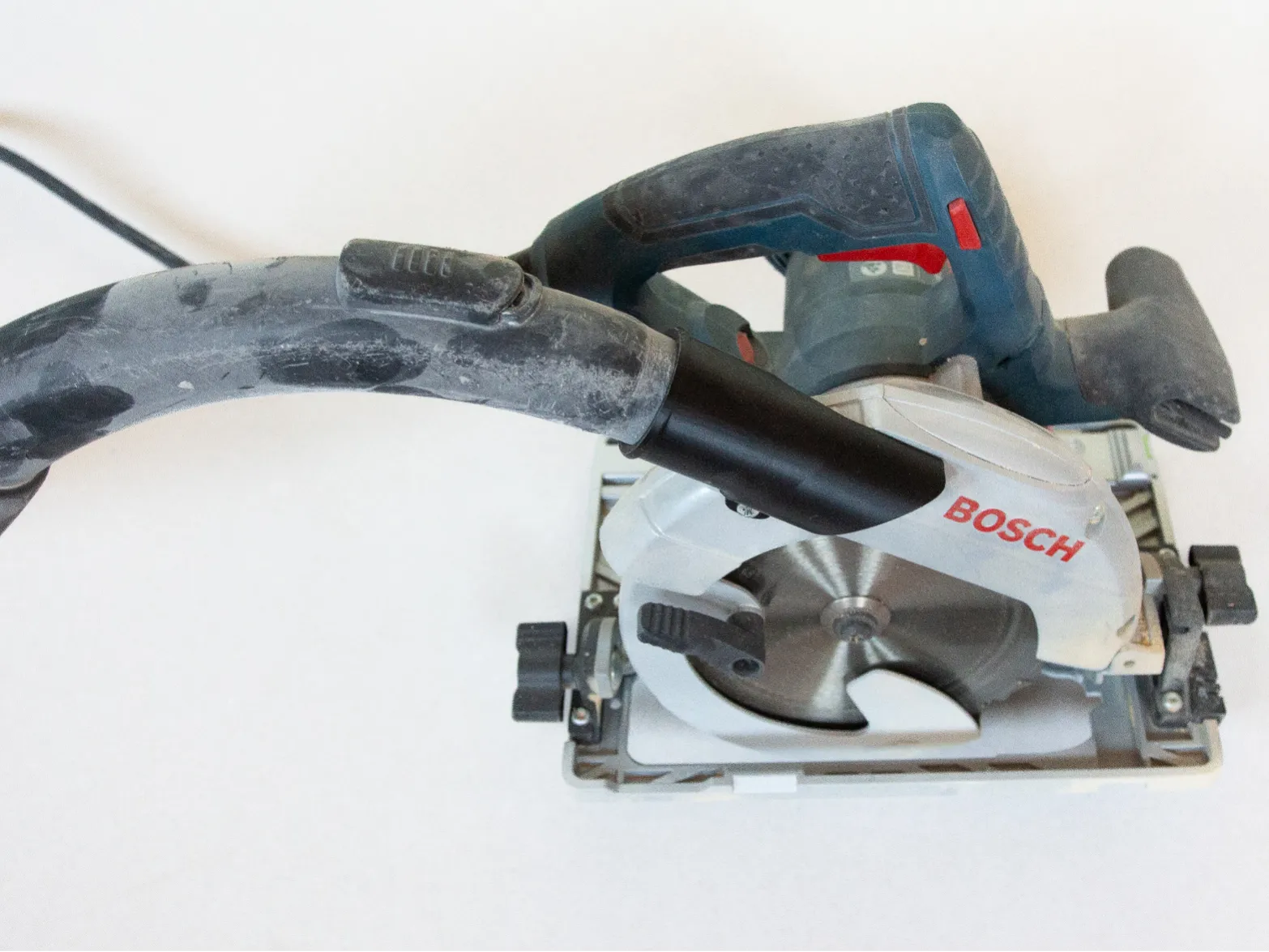3DPrinting
3DPrinting is a place where makers of all skill levels and walks of life can learn about and discuss 3D printing and development of 3D printed parts and devices.
The r/functionalprint community is now located at: or [email protected]
There are CAD communities available at: [email protected] or [email protected]
Rules
-
No bigotry - including racism, sexism, ableism, homophobia, transphobia, or xenophobia. Code of Conduct.
-
Be respectful, especially when disagreeing. Everyone should feel welcome here.
-
No porn (NSFW prints are acceptable but must be marked NSFW)
-
No Ads / Spamming / Guerrilla Marketing
-
Do not create links to reddit
-
If you see an issue please flag it
-
No guns
-
No injury gore posts
If you need an easy way to host pictures, https://catbox.moe may be an option. Be ethical about what you post and donate if you are able or use this a lot. It is just an individual hosting content, not a company. The image embedding syntax for Lemmy is 
Moderation policy: Light, mostly invisible
view the rest of the comments

How did you do the layer lines?
I tried to print one of these things once, with the layer lines perpendicular to the central axis. So just a tube standing straight up on the print bed. It didn't work at all. The shop vac was inserted in one end and the other end into the machine. However this meant the interface in between was completely unsupported. With the hose hanging on one end, as soon as I moved the machine around in use, the thing snapped off across a layer line. I tried a couple more times with thicker walls, higher temps and more infill, but the layer to layer bond just wasn't strong enough. I tried ABS and PETG, the PETG held up best but still broke within a couple of hours of use.
So I ended up ordering an injection molded part, probably glass reinforced nylon or something like that and have been using that ever since. Still bugs me, because it seemed like a perfect time for the 3D printer to shine.
**Edit: ** Found it. https://hackaday.com/2020/09/23/reforming-3d-prints-with-salt-and-heat/
There is an article out there somewhere in the ether where someone printed with 100% infill, then put the print in a glass container and packed it with salt that they had pulverized with a coffee grinder into a powder and re-melted / fused it. Their intent was for making clear parts since they were using transparent filament, but it should be great for increasing the adhesion of the layers as well. Ideally, it would become more of a monolithic plastic part than a bunch of layers.